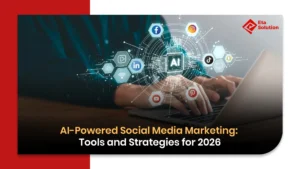
How to Promote New Products with Google & Meta Ads | Proven Strategies
If you think “running ads” is the same as “launching with impact,” think again. The best product launches today are precision-driven campaigns built to generate momentum before your first customer even clicks buy. As a Product Marketing Agency, we’ve seen this difference play out in real-time: brands that treat Google and Meta Ads as strategic launch engines don’t just get traffic, they dominate mindshare from day one.
In this guide, we’ll unpack how to build a launch ads strategy that doesn’t just sell, but sticks, mixing expert tactics, lesser-known features, and real-world launch wins.
Why Use Google and Meta Ads for Product Launches?
Google Ads and Meta Ads are the two most powerful ecosystems for new product marketing, and for different reasons:
- Google Ads catches high-intent buyers the moment they search for solutions. According to Google’s own data, 89% of shoppers start their buying process on a search engine. That’s not just visibility, it’s interception at the decision stage.
- Meta Ad excels in demand generation. They make people want products they didn’t even know they needed, scroll by scroll.
When we put them together, they create an entire funnel: Google drives people who are ready to buy; Meta focuses on building awareness and desire, and retargeting.
Establishing Clear Campaign Goals for New Product Launches
What one thing do I see wrong more than anything else? Launching ads without specific launch KPIs.
A launch ad strategy should outline:
- Immediate measures: number of sales, cost per acquisition, and ad spend return.
- Brand KPIs: engagement rates, brand search lift, and follower growth.
- Customer insights: Which creative or audience triggers conversions?
Without clear goals, even the smartest product promotion strategies risk burning budget on vanity metrics.
Creating High-Converting Ad Creatives for Google & Meta
Strong launch creatives aren’t about “pretty.” They’re about purpose.
On Google Ads:
- Use benefits in headlines, not product specs.
- Align ad copy with the exact keywords, especially for Google Ads for a new product, to raise Quality Score.
On Meta Ads:
- Motion beats static. Video ads get 2-3x more clicks during launches.
- Include social proof, early reviews, influencer reactions, or pre-order stats.
Pro insight: Ads that “reveal” product features over time often outperform single-frame ads in Facebook ads for product launch.
Audience Targeting Strategies on Google Ads vs Meta Ads
On Google Ads, keyword intent is king. For PPC for new products, start with:
- High-intent keywords like “buy [product name]” for immediate conversions.
- Problem-solving queries like “best replacement for…” for solution seekers.
On Meta Ads, audience layering wins:
- Warm audiences from email lists, site visitors, or past buyers.
- Lookalike audiences built from your top 5% converters.
Industry tip: Many brands miss that Meta’s Advantage+ targeting can outperform manual targeting for Meta Ads campaign launches, especially when paired with creative testing.
Using Google Search, Display & Shopping Ads for New Products
Google Shopping Ads can be a launch goldmine for ecommerce. High-quality images, competitive pricing, and keyword-rich titles push you to the top of visual search results.
- Search Ads: Best for intent-heavy launch terms. Use ad extensions to add credibility.
- Display Ads: Ideal for pre-launch awareness, especially with placement targeting in niche industry sites.
- Shopping Ads: Crucial for ecommerce product ads, as they let buyers compare at a glance.
Lesser-known fact: Shopping Ads often convert cheaper than Search Ads for launches, since they visually pre-qualify buyers before the click.
Leveraging Meta Platforms: Facebook & Instagram Ads for Launches
The success of Instagram product promotion and Facebook ads during a launch lies in sequencing:
- Tease: Pre-launch ads build curiosity in the form of short clips, blurred product shots.
- Reveal: Launch-day ads with full product visuals and key benefits.
- Proof: Post-launch ads showing happy customers or press coverage.
Case in point: Glossier’s product drops routinely sell out in 48 hours because of timed Instagram teaser-to-reveal ad chains.
Retargeting Strategies to Boost New Product Sales
Retargeting isn’t “optional,” it’s your highest ROI weapon.
Retargeting for product launch:
- On Google: Use Display retargeting to show launch banners to site visitors who didn’t convert.
- On Meta: Retarget viewers of 50%+ of your launch video.
Pro insight: Combining Google’s cart-abandonment lists with Meta’s retargeting can lift launch sales by over 20%, according to recent AdEspresso data.
Budgeting and Bidding Tactics for New Product Campaigns
For launches, over-conservative budgets often undercut performance.
- Front-load the spend in the first 72 hours to get the algorithm learning and ensure the audience is being reached as effectively as possible.
- In ads for brand awareness, you can use automated bidding, but you want to switch to manual CPC/CPA once you have conversion data.
In Google Ads for new product campaigns, starting with a higher-than-average bid can guarantee premium ad placement before the competition comes in.
Tracking Performance with Google Analytics & Meta Pixel
Tracking isn’t just about knowing CTR, it’s about reading buying signals.
- Google Analytics: Set up custom events for scroll depth, video plays, and add-to-cart actions.
- Meta Pixel: Track “View Content” vs “Initiate Checkout” to see where drop-offs happen.
Many brands only install tracking at launch. The real edge comes from setting it up weeks before launch, letting pixels learn from pre-launch traffic.
A/B Testing and Optimizing Ads Post-Launch
Post-launch, your first instinct might be to keep scaling your best ad. But new product marketing thrives on continuous testing.
Test variables like:
- Creative formats.
- Ad copy with different emotional triggers.
- Landing pages with varied offers (discount vs free shipping).
Facebook’s internal studies show that campaigns with ongoing creative testing see 18% higher conversion rates over 3 months compared to static campaigns.
Final Take: Launch Like the Leaders
Working with a seasoned Product Marketing Agency means treating ad launches as product events, not just campaigns. The difference lies in:
- Pre-launch pixel seasoning.
- Tight cross-platform creative sync.
- Fast budget reallocation to top performers within 48 hours.
The most successful brands don’t just ask, “How do we get sales this week?” They ask, “How do we own this market segment before our competitor even responds?”
For new product launches, Search Ads and Display Ads work really well. Search Ads help you reach people who are actively looking for products like yours, while Display Ads spread awareness by showing your product on different websites. Shopping Ads are also useful if you are selling online, as they show product images and prices directly to interested buyers.
It’s best to run ads for at least 2–4 weeks in the beginning. This gives enough time to test what works, get customer attention, and collect useful data. Once you see which ads perform well, you can continue running them longer and increase your budget for better results.
On Meta platforms like Facebook and Instagram, eye-catching images, short videos, and carousel ads usually work best. Show your product clearly, highlight its main benefits, and keep the design simple so people understand it quickly while scrolling. Adding customer reviews or lifestyle photos can also make ads more engaging.
Yes, running both together is a smart idea. Google Ads help you reach people who are actively searching for your product, while Meta Ads help you build awareness among new audiences. Using both creates a balanced strategy where you capture interest from different sides and increase your chances of getting more customers.
There is no fixed budget—it depends on your goals and industry. If you are starting out, begin with a small daily budget that you can afford, test your ads, and see what works. Once you know which ads bring good results, you can slowly increase the budget to reach more people and grow sales.

What started as a passion for marketing years ago turned into a purposeful journey of helping businesses communicate in a way that truly connects. I’m Heta Dave, the Founder & CEO of Eta Marketing Solution! With a sharp focus on strategy and human-first marketing, I closely work with brands to help them stand out of the crowd and create something that lasts, not just in visibility, but in impact!
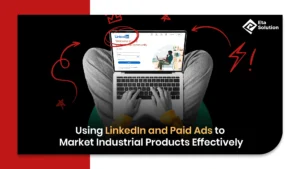
Industrial Product Marketing with LinkedIn & Paid Ads
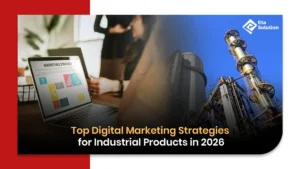
Top Digital Marketing Strategies for Industrial Products in 2026
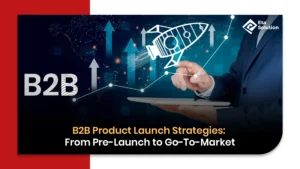
B2B Product Launch Strategies: From Pre-Launch to Go-To-Market
